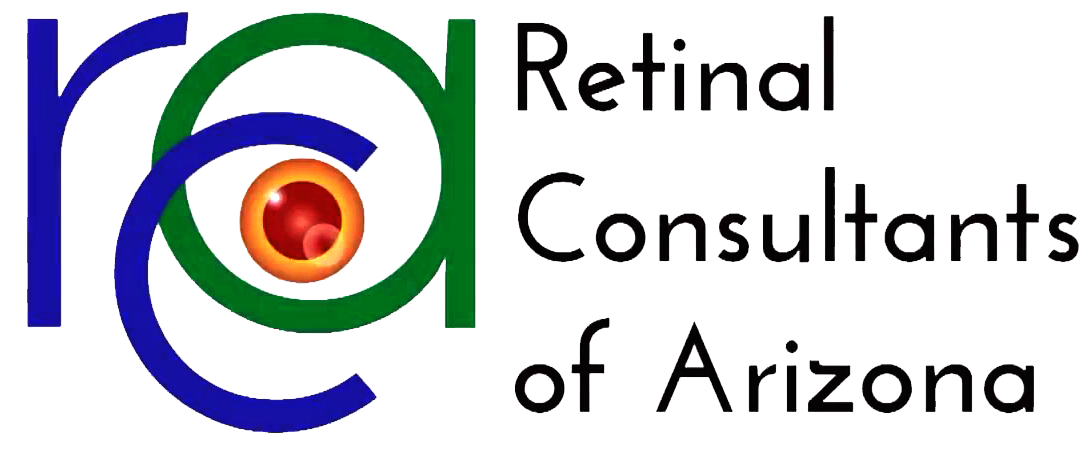Retina Sub-day AAO 2015 – Day 2 – Las Vegas, Nevada

Dr. Sachin Mehta Reports from AAO Retina Subday – Day 2
Dr. Jay Duker reported on the use of a relatively new diagnostic imaging modality: optical coherence tomography angiography (OCT-A). OCT-A is a non-invasive imaging modality that uses motion contrast between OCT images in order to generate volumetric angiograms. The retinal and choroidal vasculature can be visualized in great detail without fluorescein dye because erythrocyte flow can be detected through sequential scans. OCT-A image acquisition is very quick and can provide invaluable diagnostic information about various retinal vascular disease states such as AMD and diabetic retinopathy. RCA is proud to offer this powerful diagnostic tool to our patients.
The results from the latest phase 1/2 clinical trials looking at the safety and tolerability of transplanted human embryonic stem cell-derived (hESC) RPE cells for atrophic AMD and Stargardt macular dystrophy were presented by Dr. Steven Schwartz. Transplanted patients were followed up for a median of 22 months. There was no evidence of adverse proliferation, immune rejection, or serious ocular or systemic safety issues related to the transplanted tissue. The only adverse events reported were associated with the surgical procedure itself and the systemic effects of postoperative immunosuppression. Best-corrected VA improved in ten eyes, remained the same in seven eyes, and decreased by more than ten letters in one eye. The untreated fellow eyes did not show similar improvements in VA. The results provide initial evidence of safety, graft survival, and possible biological activity of hESC-derived RPE cells for AMD and Stargardt macular dystrophy.
Dr. John Kitchens discussed the timing and technique for managing suprachoroidal hemorrhages (SCH). Initial management of SCH should include observation, oral prednisone, and gabapentin for neurogenic pain. He believes that the ideal time to surgically drain a large and/or macula-involving SCH is approximately 3 weeks after onset (if it fails to resolve significantly on its own) to allow the clot to fully liquefy and ensure adequate drainage. This can be performed with great success by placing an infusion cannula directly into the vitreous cavity (if space allows) and a non-valved 25-gauge vitrectomy cannula into the suprachoroidal space approximately 10 mm posterior to the limbus in the temporal quadrant. He advocates concurrent pars plana vitrectomy with injection of a slightly expansile gas to lend support to the posterior segment as the eye heals and re-pressurizes postoperatively.
Finally Dr. Derek Kunimoto of RCA reported on complications of intraocular silicone oil (SO) and how to manage and avoid them. He stated that it is important to place a mattress suture to secure the sclerotomy sites after SO placement to prevent leakage into the subconjunctival space. He also mentioned that migration of SO into the anterior chamber, suprachoroidal, subretinal, subhyaloidal, and even intracranial spaces can happen and fortunately can be managed safely and effectively with various surgical techniques.

